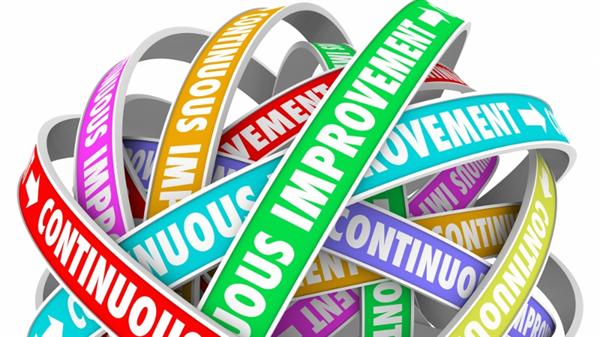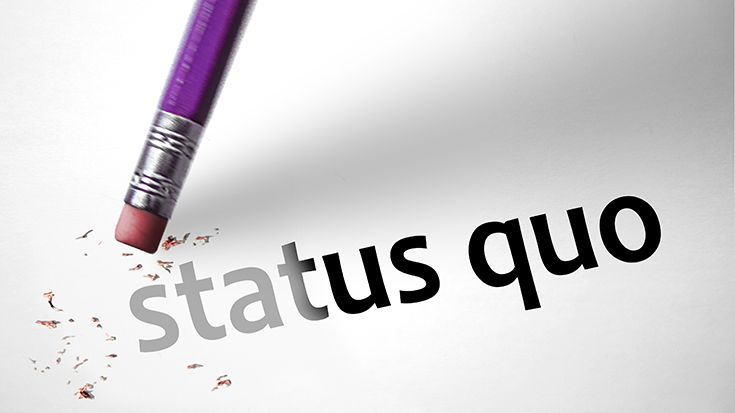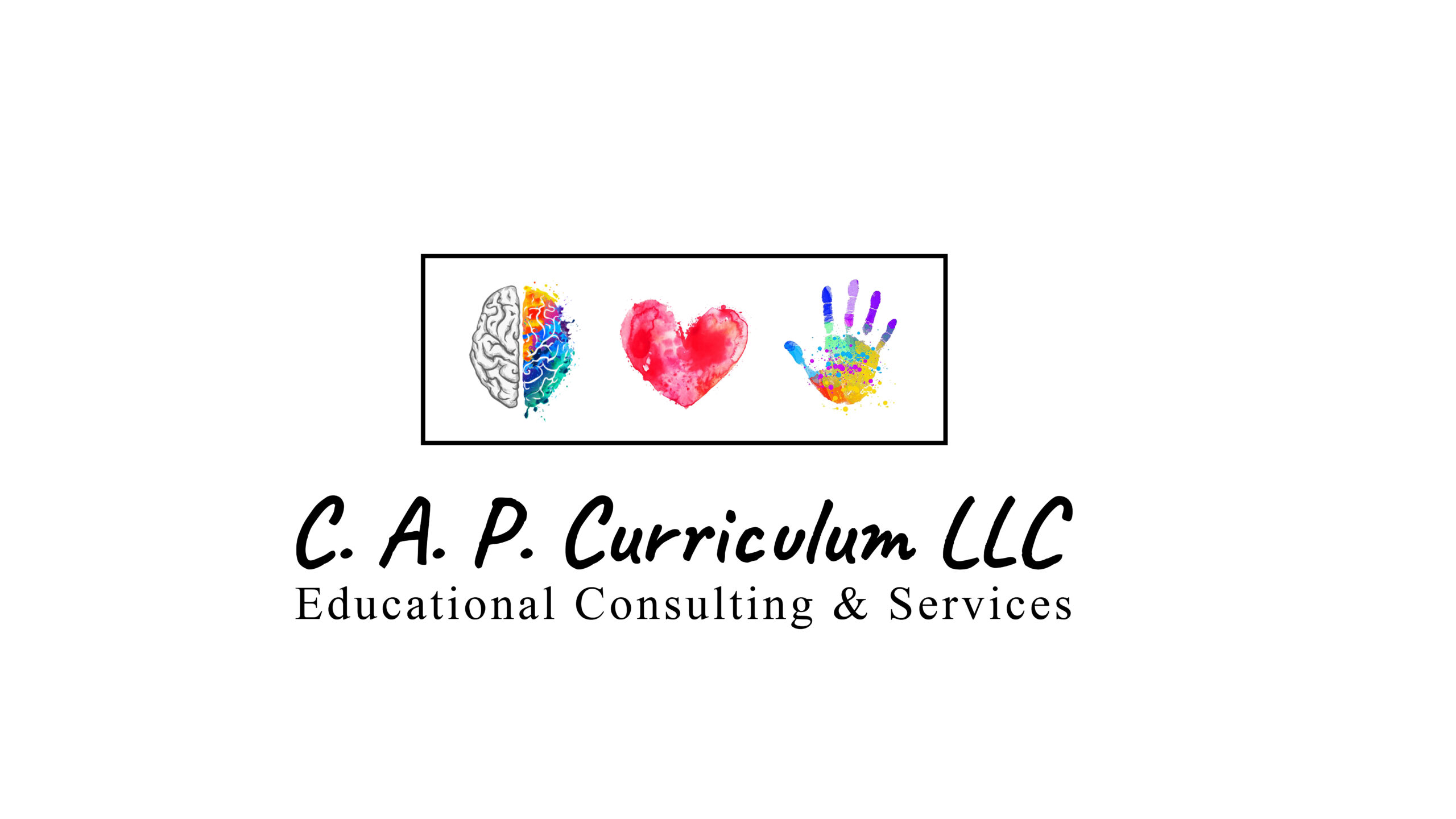
What’s in your school improvement plan?
Do you even have one?
If so, when was the last time you looked at it?
Better yet, when was the last time you revised your school improvement plan?
School improvement is an ongoing process. But more than that, it’s an expectation.
A school improvement plan is more than a document. It’s a comprehensive plan that describes, specifically, what the school will do to attain its goals.
In all schools, especially turnaround schools, the implementation of instructional best practices is paramount when it comes to school improvement.
If you lead a turnaround school or a school that needs to ameliorate students’ academic achievement and are in need of help with getting teachers to implement best practices, this blog is for you.
I also recommend that you read “1 Thing Highly Effective Teachers Do the Ineffective Teachers Don’t.”
With two decades of experience at the school level, I can tell you one thing:
If you want your school to reach the academic outcomes indicated in your school improvement plan, teachers—in every classroom—must implement best practices with fidelity.
In all low performing schools, schools fail because of ineffective leadership and/or ineffective instruction.
I’ll talk about ineffective leadership in another blog. But if it’s because of ineffective instruction, when it comes to your school improvement plan, it’s imperative that you develop a plan to get all teachers from research to practice.
What Does Planning to Get Teachers from Research to Practice Look Like?

First, you have to identify the types of teachers in your building. Then, you have to put practices in place to mitigate the gap between their knowledge of the research and the practices they need to refine and/or implement.
If you want to transform the instruction in your classrooms, YOU must know who each teacher is as it relates to what they know and what they do—not can do—in regards to teaching and learning.
Identifying who your teachers are is critical to developing a school improvement plan that addresses variables that prevent teachers from putting research into practice.
In this blog, I will help you do just that by describing the different teacher types as it relates to moving teachers from research to practice and what you can do to increase the implementation of best practices—in every classroom—in your school.
But first, I need to briefly discuss instructional best practices and the academic achievement gap.
What Are Instructional Best Practices?
Science-based, research-based, and evidenced-based practices—practices you’ve likely been told or required to implement in your school improvement plan all fall under the category of best practices.
While nuances exist amongst the three, the commonality is that research supports their effectiveness.
This research doesn’t always have to come from formal studies conducted by scientific researchers; it can come directly from a teacher’s classroom, as every teacher is, indeed, a researcher.
High Yield Instructional Strategies

High yield instructional strategies are specific strategies that have proven to have a significant positive impact on student achievement for all students regardless of the content and grade level.
Robert Marzano and John Hattie, two researchers in education, agree on several best practices that are likely to have the best positive affect on student achievement. While these agreed upon strategies are highly effective, they are not an exhaustive list of best practices.
School-Wide Instructional Practices and School Performance
Like I mentioned earlier, one reason that schools fail is because of ineffective instruction. If you show me a school with a history of academic failure, I’ll show you a school where the ineffective instructional practices are pervasive and consistently implemented.
If you show me a school—with the same demographics—that’s performing, I’ll show a school where best practices are pervasive and consistently implemented.
Research to Practice and the Achievement Gap

Like the academic achievement gap has been long-standing, so has the disconnect and chasm between research and practice in schools, which leads me to the following question:
Is the academic gap remaining constant because we’re not aligning our practices to the research?
After being in this profession for almost 20 years, based upon my experiences, I say yes—emphatically.
As educators, we do carry a heavy load, and we do experience challenges that make our work difficult and, at times, arduous. And if you work in a high poverty school, challenges such as academic deficits are often exacerbated by variables outside of your locus of control.
In spite of these challenges, however, we still have a responsibility. That responsibility is to ensure that all students receive high quality instruction.
Research about practices and the effects on student learning is bountiful and literally at our fingertips. But it isn’t the research that’s the problem.
The problem is putting the research into practice.
So, What’s Causing the Gap Between Research and Practice?
There are several factors that contribute to gap between research and practice. For the purpose of this blog, however, I will focus on one that directly impacts student learning: the classroom teacher.
While I consider myself a staunch teacher advocate, if you’ve read any of my blogs, you know that I place the onus of student learning on the classroom teacher.
In my two decades in this profession, I have worked with probably every teacher type imaginable. As an instructional coach and consultant, the relationship and interactions I have with teachers are disparate than the relationships and interactions I had with teachers when I was a classroom teacher.
Unlike when I was a classroom teacher, as an instructional coach and consultant, I observe instruction on daily basis and have the responsibility of facilitating change.
Because I am a facilitator of change, my experiences allow me to learn about and work closely with different types of teachers. These experiences enable me to not only observe what they do and discover why they do it, but also how what they do impacts student learning.
Since what each teacher does impacts student learning, its important that you identify the teacher types in your building.
Consider These Teacher Characteristics When Developing Your School Improvement Plan
The Uninformed and Consistent

These teachers lack knowledge about best practices. However, once they get the information, they take action and implement them with fidelity.
With these individuals, professional learning is the only support needed to move them from research to practice.
The Uninformed and Inconsistent
Like the uninformed, these teachers lack knowledge about best practices. Similarly, like the uninformed, when they gain new information, they implement new learning.
The difference, however, is the consistency in implementation. Even when they get positive results, for whatever reasons, they revert to old practices.
You can help move these teachers from research to practice with consistent and frequent feedback and debriefing. The debriefing must include a reflection on teaching practices and the impact on learning outcomes.
The Uninformed and Informed Resisters

The difference between these two teachers is knowledge; the uninformed doesn’t know about the practice whereas the informed does.
Because of their resistance, when these two engage in discussions about instructional practices, they make statements like
- “I don’t see how this strategy is going to lead to better results”
- “People can make research say what they want it to say” and
- “I can find research that speaks to the contrary.”
Such statements reflect teachers’ attitudes about the credibility of research in which a Harvard study (Shafer, 2016) found that over a third of teachers “indicat[ed] that researchers could be biased.”
In the resisters’ classroom, there is little evidence of ‘research to practice” in their work. And if you do observe them, you’ll notice the practices are not implemented with fidelity.
From my experience, these individuals are resistant because they have beliefs that are ingrained from past positive teaching and learning experiences. For example, they might have had success implementing a strategy in the past at their last school or with a different demographic of students.
When their current students don’t meet grade level learning expectations, these resisters refuse to accept that the practices they used in the past are now ineffective–whether it be because of new teaching and learning expectations or the disparate population of students they serve.
Moving Resisters from Research to Practice
I had to create a subheading to address this teacher type. Ha!
To move these individuals from research to practice, their current belief system has to be deconstructed and reconstructed by way of new teaching and learning experiences that lead to desired goals.
You play a critical role in getting resisters to shift and adjust their belief system. You have to get them to place where they know, understand, and accept that “scientific knowledge is based on accepted methodologies and is constantly revised,” and that “there is room to improve or abandon practices as their worth is determined.”
Getting them to this place is critical because it will help them discard the “silver bullet” solutions.
For these individuals to go from research to practice, they have to implement practices long enough to experience consistent success. To see the success, they have to spend time monitoring the impact on student learning.
They also have to come to the conclusion that the new practices are more effective than practices they used in the past.
Like the uninformed and inconsistent, resisters need consistent and frequent monitoring with debriefing. The debriefing must include a reflection piece.
The reflection must require teachers to reflect on teaching practices and the impact they had on learning outcomes. This is necessary to move them along the continuum of research to practice.
Unlike the uninformed and inconsistent teachers, however, resisters have to know there will be consequences for intentionally flout best practices.
The Quick Fixer

The quick fixer wants one thing: results.
They could care less about what the research says—even when they know that some of their practices are contrary to the research.
And guess what? They rarely get the desired results they want. And when they do, they don’t maintain them.
To move the quick fixer from research to practice, give adequate time and support with goal setting, action steps, and monitoring.
The quick fixer needs someone to hold him or her accountable for implementing best practices.
Like all practitioners, the quick fixer needs to frequently reflect on
- his or her practices and how they align to the research and
- the outcomes of implementation, including comparing the difference in impact of practices—those that are backed by research and those that aren’t.
Remove the Interference

In thinking about how to get from research to practice and the aforementioned teacher types, one concept comes to mind—interference.
In Knaupp’s (2020) book, Naked at Work, she discusses Tim Gallwey’s equation for performance. As cited in Naked at Work, Gallwey’s theory explains that “Performance = Potential – Interference.”
According to this theory, potential is what you know, and interference is the obstacle that impedes performance. You can think of interferences as barriers.
These barriers can be both internal and external. Furthermore, they can exist simultaneously.
Gallwey’s theory is extremely relevant in moving from research to practice.
Why? Because “interference is what’s in the way of achieving top performance.” And In education, we measure top performance—teacher effectiveness—by how students perform on assessments.
While test scores are only one indicator of teacher effectiveness, there’s an abundance of research that shows a correlation between teacher practices and student achievement.
With the aforementioned practitioner types (excluding the quick fixer), since their beliefs, attitudes, knowledge, and actions impact their implementation, the interference that affects their performance is internal.
The interference that affects the the quick fixer is both internal and external. With the external likely being time and pressure.
Identifying the interference that is precluding research to practice is a necessary action step when trying to create change. And we all know facilitating change isn’t a doddle. I say change because getting from research to practice requires individuals to shift and, sometimes, discard their behaviors. To accomplish this task, transformational leadership in needed. And to get from research to practice, requires transformation.
Challenge the Status Quo

Mediocrity is unacceptable. And so is implementing practices that are ineffective and/or not backed by research.
Our task is too great. And our behaviors greatly influence the trajectory of students’ academic success.
It’s not okay for schools to fail students, and it’s not okay for schools to neglect the research. When teachers don’t implement best practices in classroom, it’s the leaders’ responsibility (superintendents, directors of curriculum and instruction, principals, etc.) to challenge the norm.
When challenging this norm, the leader must
- have clear expectations
- provide professional learning and support
- create a culture of learning and risk-taking
- consistently inspect what is expected
- enforce expectations and hold practitioners accountable
The above points work together in changing and challenging the norm. From my experience and according to theories of change, if you neglect one, there will indubitably be inconsistencies in the implementation of practice—whether that be at the district, school, or classroom level.
Including Teachers in Research and Practice
While I do agree with the idea (Deshler, 1992; Enser, 2017; Moses-Egan, 2019) that including teachers in the research process and including teachers as researchers will help us move from research to practice, I also agree with the idea that “educators—teachers, principals, and district and state education administrators—will have to learn, accept, and apply what “best evidence” demonstrates to be effective” (Fleischman, Kohlmoos, & Rotherham, 2003).
Bringing it to a Close
Practitioners are the disconnect between research and practice.
All practitioners have interferences, whether they be internal or external, that preclude them from putting research to practice. However, because our work directly impacts the lives of students, interferences can’t be an excuse for low or stagnant performance.
There has been a long-standing academic gap between the “haves” and “have-nots” in our country for many reasons, one being disparities in education.
One way that we can begin to close this academic chasm is by using research to refine and guide the work we do. To do this takes transformational leadership coupled with integrity.
This is the type of leadership schools need to move practitioners along the continuum.
Additionally, schools need this type of leadership because leaders, in spite of the pressure, must hold fast to doing what’s best for students, including making decisions grounded in research.
Some of these decisions will require leaders to challenge the norm. Challenging the norm when it comes to student learning is paramount.
Why?
As stated by Mayeaux and Oliver, “expertise in every classroom should be the norm, not the exception.”
And because this is so, we must move from research to practice.


David Bernstein
March 19, 2024 2:01 AMThere is certainly a lot to know about this
subject. I love all of the points you’ve made.